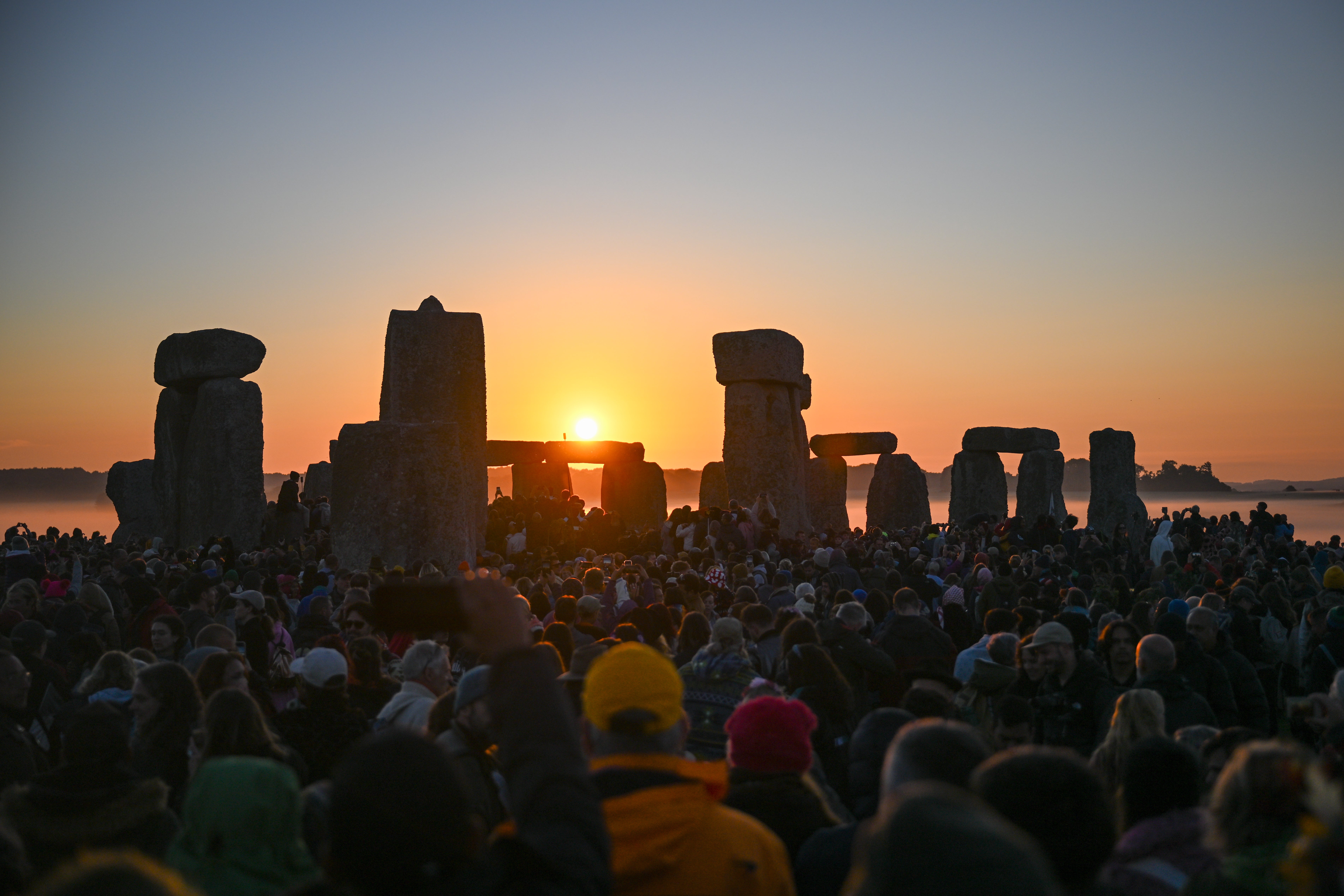The true purpose of Stonehenge may have just been revealed
Blocks were brought to Salisbury Plain from all over the country in a grand project that would have taken about eight months – uniting people in the process
Stonehenge was likely built as a project to unify ancient peoples from across the whole of the country, archaeologists claim in a new study.
More than 900 stone circles have been discovered across the country but Stonehenge held unique significance for the island’s ancient people, the study argues, including newcomers who migrated from other parts of Europe.
The research, published on Thursday in the journal Archaeology International, builds on recent findings that the giant altar stone at the heart of the ancient monument was transported miles from modern-day Scotland.
The new study hints that the blocks to build the monument were brought in by hundreds or thousands of people with the entire journey likely taking nearly eight months.
“Travel by land would have provided much better opportunities for spectacle, pageantry, feasting and celebration that would have drawn people in (the) thousands to witness and take part in this extraordinary venture,” researchers write.
Since this architectural precision was achieved with giant blocks transported from across distant regions, scientists now suspect the monument unified the peoples of ancient Britain.
“The fact that all of its stones originated from distant regions, making it unique among over 900 stone circles in Britain, suggests that the stone circle may have had a political as well as a religious purpose – as a monument of unification for the peoples of Britain, celebrating their eternal links with their ancestors and the cosmos,” study lead author Mike Parker Pearson said in a press release.
Researchers say the monolithic altar stone, weighing over 6 tons (13,227 lbs), was moved over 700 km (435 miles) from its origin site.

Scientists assessing the similarities between ancient stone circles in Scotland and Stonehenge in England’s Salisbury Plain suggest the ancient societies in these distant regions were likely far more connected than previously thought.
They now suspect the Stonehenge site was important not just to those living nearby, with people who lived across various different parts of the country participating in carrying massive stones over hundreds of miles.
The evidence for this comes from previous research findings that fine-grained sandstones, or bluestones, and larger blocks called sarsens were brought from nearly 150 miles away and used in the monument’s construction.
Researchers now find that the altar stone was placed within the monument’s central horseshoe structure during a “rebuilding phase” after it arrived sometime between 2500 and 2020 BC.
It was during this rebuilding phase, around 2620 BC to 2480 BC, that ancient Britons erected the giant sarsens to form an outer circle, scientists say.
The monument’s final structure was made to align with the sun during the winter and summer solstices in a way that may have been of “ancestral significance” to ancient Britons, according to researchers.
A person standing right at the centre of the stone circle could see the midwinter solstice Sun set over its middle.
Join our commenting forum
Join thought-provoking conversations, follow other Independent readers and see their replies
0Comments